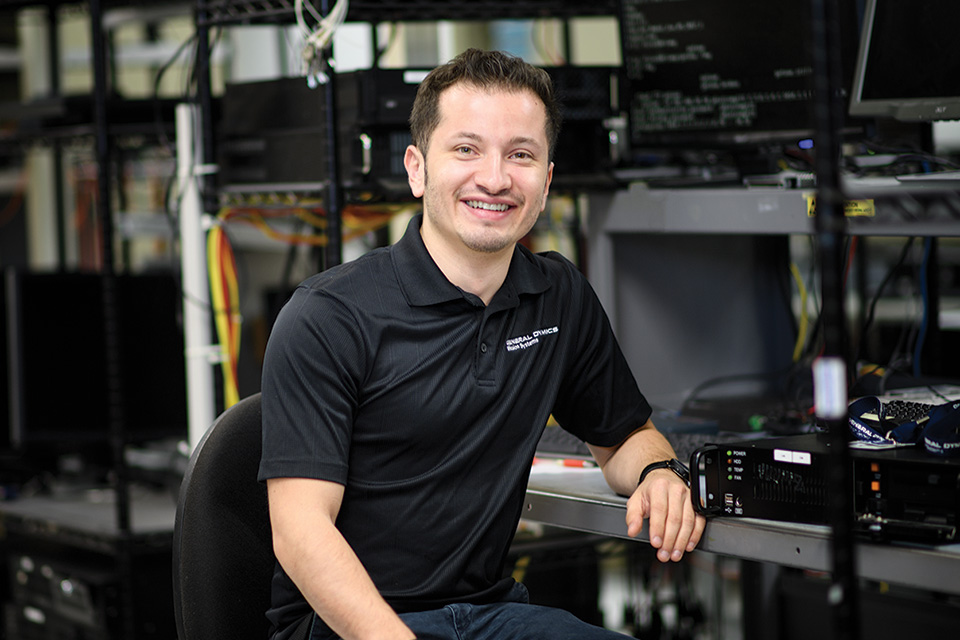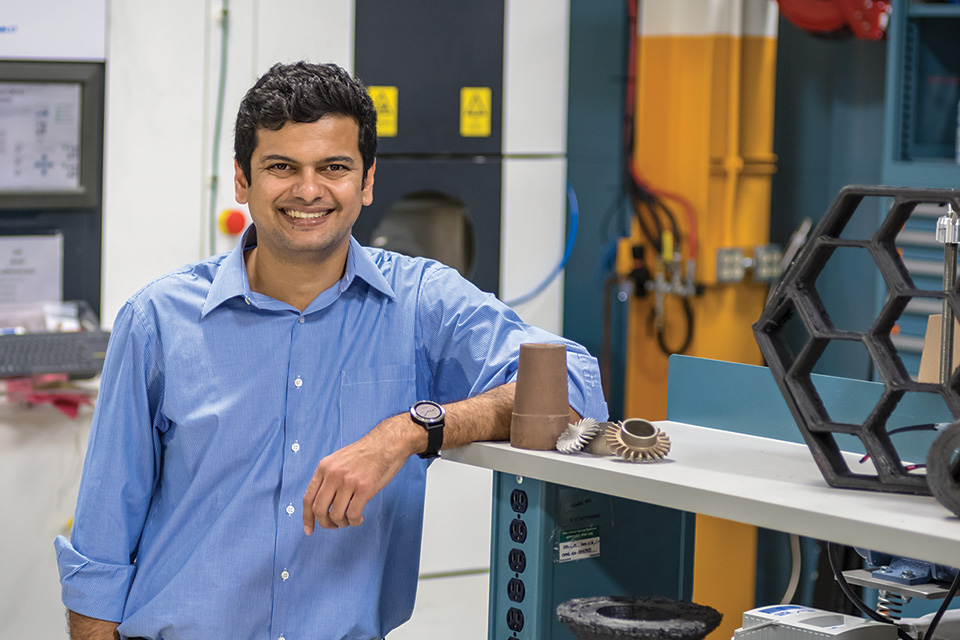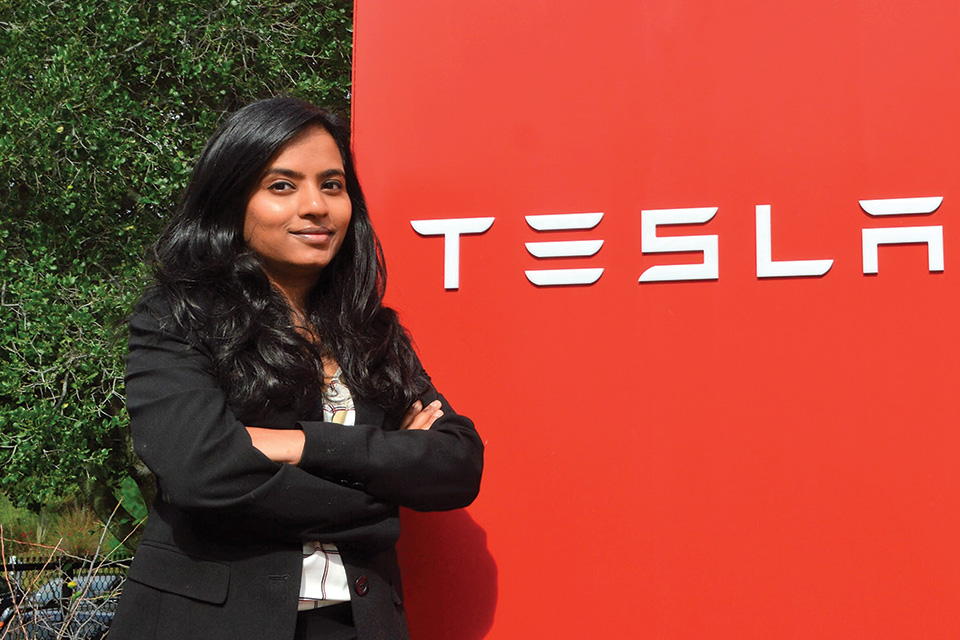our new car is making a funny noise again, so you call your dealership. Rather than speaking to a computer, you are transferred to a live, friendly representative who helps you set up an appointment with the service department. Thanks to artificial intelligence, the call was routed to the agent who has provided you with the best service in the past. You hang up the phone smiling, and the customer service agent does, too. In fact, she smiled throughout the entire call because facial recognition software alerted her when she wasn't, providing gentle reminders of the importance of sounding friendly.
Zikra Toure ('16, '17 M.S.), who earned two degrees in electrical engineering from UNT, is a machine learning engineer at Dallas-based Call Box. She uses machine learning -- in which computer algorithms become more accurate without being explicitly programmed -- to develop the advanced facial recognition technology that makes enhanced customer service interactions like these possible.
"What truly excites me about AI and machine learning is their potential to overlap with any industry," Toure says. "A doctor, real estate agent, stockbroker or plumber can all make use of machine learning to make their work better, because they all have some sort of data to work with."
Toure is one of many UNT College of Engineering alums who are on the frontlines of what is known as the Fourth Industrial Revolution. Like the three that preceded it -- steam, electricity and digital -- the Fourth Industrial Revolution is radically changing the way humans live and work. The fusion of artificial intelligence with emerging technology like robotics, additive manufacturing, autonomous vehicles, fifth-generation wireless technologies, and power generation, storage and distribution is a catalyst for unprecedented change.


